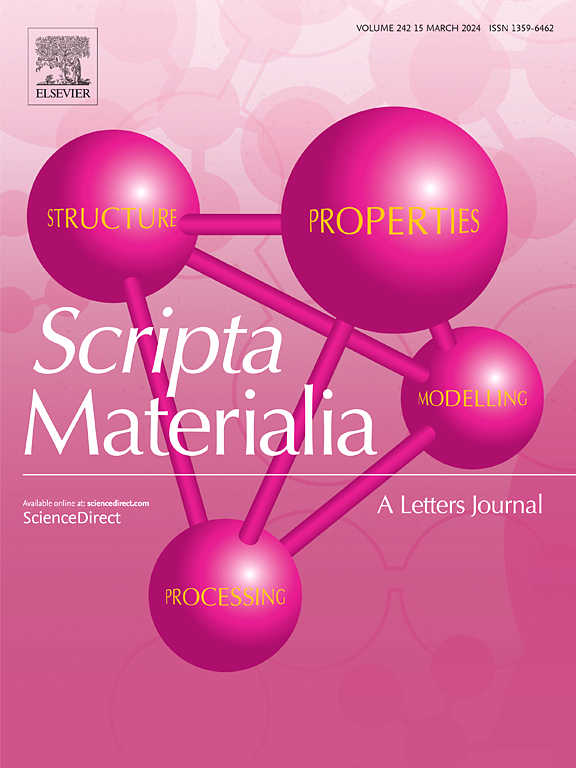Columnar-to-equiaxed transition in laser fusion additive manufacturing
IF 5.3
2区 材料科学
Q2 MATERIALS SCIENCE, MULTIDISCIPLINARY
引用次数: 0
Abstract
Understanding columnar-to-equiaxed transition (CET) is a critical aspect of microstructural evolution in additively manufactured (AM) alloys, since proportions of columnar and equiaxed morphologies impact strength-ductility synergy. Traditional methodologies for CET prediction, primarily based on power-law relation between growth-rate and laser travel speed independent constitutional undercooling, have limitations in capturing transition domains at higher growth-rate, characteristic to AM. The existing Kurz-Giovanola-Trivedi (KGT) framework was leveraged as the basis for a modified CET model to predict microstructures more accurately for laser-directed energy deposition and powder-bed fusion for the whole laser-velocity domain. Two major alterations were implemented to modify the KGT model: first, undercooling was redefined by incorporating growth-rate and multi-component dependent thermo-kinetic parameters to radial, kinetic, thermal, and constitutional undercooling and second, marginal growth-rate instability domains were introduced. Compared to conventional KGT plot, the proposed model can provide better prediction for any AMed material, thus paving the way for designing location-specific microstructures.

求助全文
约1分钟内获得全文
求助全文
来源期刊

Scripta Materialia
工程技术-材料科学:综合
CiteScore
11.40
自引率
5.00%
发文量
581
审稿时长
34 days
期刊介绍:
Scripta Materialia is a LETTERS journal of Acta Materialia, providing a forum for the rapid publication of short communications on the relationship between the structure and the properties of inorganic materials. The emphasis is on originality rather than incremental research. Short reports on the development of materials with novel or substantially improved properties are also welcomed. Emphasis is on either the functional or mechanical behavior of metals, ceramics and semiconductors at all length scales.
 求助内容:
求助内容: 应助结果提醒方式:
应助结果提醒方式:


